
|
|
ENCYCLOPEDIA OF RADIO ELECTRONICS AND ELECTRICAL ENGINEERING Fox hunter's weapon. Encyclopedia of radio electronics and electrical engineering
Encyclopedia of radio electronics and electrical engineering / radio reception What is the main thing in the receivers for "Fox Hunting"? Perhaps two qualities should be distinguished: sensitivity and directionality. Superheterodyne receivers are quite well developed, but they are difficult to set up and prone to self-excitation if installed ineptly. Therefore, at first it is better not to take them. The direct conversion receiver best suits the capabilities of a novice radio athlete (Fig. 1). Its circuit is simple and at the same time has high sensitivity, good selectivity, with a small number of circuits it is easy to adjust. Moreover, this type of radio devices has practically no side reception channels. All these advantages are made possible by the use of a special mixer. Its circuit (Fig. 2) includes diodes V3 and V4, the secondary winding of the transformer T1, resistors R6 and R7, capacitors C7 and C8. Such a mixer is called balanced.
Figure 3 shows a diode mixer with a "cubic" characteristic. The action of both mixers is that a sufficiently large alternating current of the local local oscillator (generator) in each half period alternately opens one diode and closes the other. At this point, the useful signal synchronously passes through the open diode to the load. And since, due to some detuning of the local oscillator, these frequencies are slightly different, beats stand out in the load.
The amplitude-frequency characteristic of a balanced mixer is shown in Figure 4. It shows that at a beat frequency of about 800 Hz, the amplitude reaches its maximum value. Moreover, beats can be observed both when detuned to the left of the signal frequency, and to the right.
The mixer shown in Figure 3 gives the receiver a very valuable quality. Since the local oscillator frequency is half the signal frequency for normal operation of the circuit, the interfering radiation is significantly weakened. Diodes KD503A, GD507A, D104, D105 work well in this mixer. You can read more about it in the Radio magazine (No. 12, 1976). You will probably need a setup (Figure 5) that allows you to demonstrate the operation of the mixer and, in general, the direct conversion receiver. On it, you can select diodes suitable for mixing, measure the frequency of the local oscillator. A balanced mixer in the receiver circuit is also suitable for the same purpose (see Fig. 2). Now about the heterodyne. It is assembled on a V5 transistor according to the "capacitive three-point" scheme. The circuit has high frequency stability with significant changes in supply voltage and temperature. The local oscillator is tuned to a given frequency using a D813 zener diode or a D902 varicap (V7). The capacitor C17, connected in series with it, decouples V7 for direct current, as well as setting the specified range extension. So, the signal from the ferrite antenna W2 is fed to the base of the transistor V2. After amplification by a cascade amplifier assembled not by transistors V1 and V2, high-frequency oscillations enter the mixer. The RF voltage from the local oscillator is also supplied here. Its frequency in the first case will be 3,5-3,65 MHz, and in the second - 1,75-1,825 MHz. After mixing, a low frequency component is released, which, after passing through the low-pass filter C9, L4, C11, is limited from below to 300 Hz and from above to 3000 Hz. This signal is fed to the bass amplifier (V6, V8, V9). The load of the last stage is high-resistance telephones TON-2. A few words about the antenna device. It consists of a whip antenna W1 and a ferrite antenna W2. The cardioid radiation pattern is obtained by adding the voltages at the base of the transistor V2 coming from the whip and ferrite antennas. Moreover, the EMF of the pin should not exceed the maximum value of the EMF of the ferrite antenna, provided that both voltages are in phase. Figure 6 shows the directional patterns of the whip antenna (circle), ferrite (figure eight) and the entire device as a whole (cardioid). Putting the two stresses together was no easy task. The EMF coming from the ferrite antenna is out of phase from the pin EMF by 90°. The law of change in the EMF of the first antenna depending on the distance to the transmitter does not coincide with that of the second one. Therefore, it is actually difficult to achieve an ideal cardioid (unidirectional) antenna response. Chokes L1, L3 and tuning resistor R1 help to improve the radiation pattern of the antenna device. In order for the "hunter" to feel the change in the transmitter signal as it approaches it, the signal level is constantly reduced using a variable resistor R16 "Gain". The receiver is powered by a 7D-0,1 battery. Antenna W2 is wound (23 turns of PEV 0,35 wire with a tap from the third turn) on a round ferrite rod 100-160 mm long 0 10 mm long. It must be wrapped with copper foil so as not to create a short-circuited coil (Fig. 7). The size of the gap does not matter. The local oscillator and UHF coils must meet the following requirements: have a tuning ferromagnetic core, be small in size and strong enough, and have low hygroscopicity. These requirements are best met by frames made of polystyrene. Choke L1 is wound on a polystyrene frame with a diameter of 3 mm and has 50-75 turns of PEV-1 0,1 wire. Inductors L2 and L4 are wound on a Ml 000 ferrite ring with an outer diameter of 10-12 mm and contain 300 turns of the same wire. The inductor L3 is wound on the body of the resistor VS-0,25 100-200 kOhm. Number of turns - 12-15 PEV-1 0,1. The L5 coil contains 60 turns of PEV-1 0,1 wound on a 0,3 mm polystyrene frame. Transformer T1 is located in the armored core SB-1a. The primary winding contains 60 turns of PEV-1 0,1 wire (inductance 42 μH). A bifilar winding II is wound over it. It contains 10-12 turns of PEV-1 0,12 wire in each half. Any high-frequency transistors can be used in the UHF and local oscillator circuit. It is desirable to use small-sized resistors and capacitors. The exception is the variable resistors R16 and R17 1type SP-11. Permanent capacitors KT, SK, electrolytic - K50 or EM. In the local oscillator, avoid using high TKE capacitors (red and orange). Every radio amateur knows how difficult it is sometimes, without proper experience, to print the wiring diagram. Therefore, it is better for a young "hunter" to first master the hinged method. The frame of the receiver is made of foil fiberglass (Fig. 8). On the inside of the boards, current-carrying bars and foil strips are left, with the help of which the side walls are soldered together. The remaining foil is carefully tinned. Moreover, the current-carrying parts in the ferrite antenna compartment should not create a short-circuited loop. The receiver cover is made of aluminum 1 mm thick.
Installation and configuration are carried out simultaneously. For strength, installation is preferably carried out using insulating ceramic racks with metal ends on both sides. As supports, islands of foil 6x6 mm in size at the bottom of the frame are successfully used. A cascade is assembled on the transistor V9 and voltage is supplied from the sound generator through the capacitor C21. According to the maximum signal in the phones, the value of the resistor R20 is selected. Then cascades are mounted on transistors V8, V6 and tuned with resistors R18 and R13. The next step is the heterodyne. First try to measure the inductance of the coil L5. After installation is completed, the performance of the local oscillator is checked using an S-meter. It adjusts it to a given range using a home-made device (Fig. 5). In the lower position of the engine of the variable resistor R17, by rotating the core of the L5 coil, the generation frequency is 3,49 MHz. Then the R17 engine is moved to the upper position and, by selecting the capacitances of the capacitors C16 and C17, they achieve that the frequency is equal to 3,66 MHz. The adjustment is made several times until the desired result is obtained. The final position of the L5 core is fixed with paraffin. The high frequency amplifier is tuned using resistors R2, R4 and an oscillatory circuit L2, C4. The sensitivity from the input to the base of the transistor V2 with a signal-to-noise ratio of 3: 1 should be 1-2 μV. The antenna device is tuned using a low power transmitter, such as a local oscillator, which is mechanically interrupted in power. The engine of the tuning resistor R1 is set to the upper position according to the diagram. A transmitter with a whip antenna 1 m long is placed in an open area away from power lines. The receiver is placed vertically at a distance of 15-20 m from the transmitter and the "before" in the radiation pattern is determined. If this parameter does not satisfy you, swap the ends of the winding of the ferrite antenna. Then stand with your back to the transmitter and, by rotating the L1 throttle core, achieve the minimum audibility of the signal. Otherwise, change the number of turns of this inductor. Use potentiometer R1 to reach a deeper minimum. The final adjustment is made with a real transmitter in the field by adjusting L1 and R1. Literature
Author: A. Partin; Publication: N. Bolshakov, rf.atnn.ru
Artificial leather for touch emulation
15.04.2024 Petgugu Global cat litter
15.04.2024 The attractiveness of caring men
14.04.2024
▪ POS-terminal with biometric identification ▪ Oukitel RT7 Titan 5G Rugged Tablet
▪ section of the site Reference materials. Article selection ▪ article Mud Raiders. Popular expression ▪ article How are synthetic fibers made? Detailed answer ▪ article Pharmacy saliva. Legends, cultivation, methods of application
Home page | Library | Articles | Website map | Site Reviews www.diagram.com.ua |






 Arabic
Arabic Bengali
Bengali Chinese
Chinese English
English French
French German
German Hebrew
Hebrew Hindi
Hindi Italian
Italian Japanese
Japanese Korean
Korean Malay
Malay Polish
Polish Portuguese
Portuguese Spanish
Spanish Turkish
Turkish Ukrainian
Ukrainian Vietnamese
Vietnamese


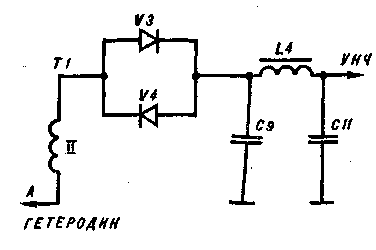

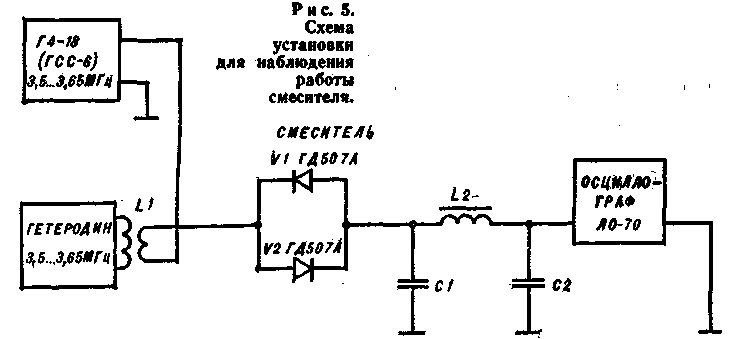
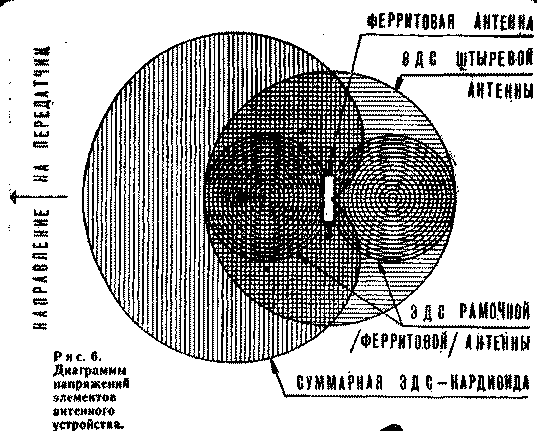
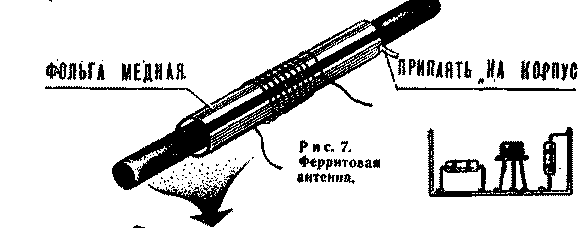
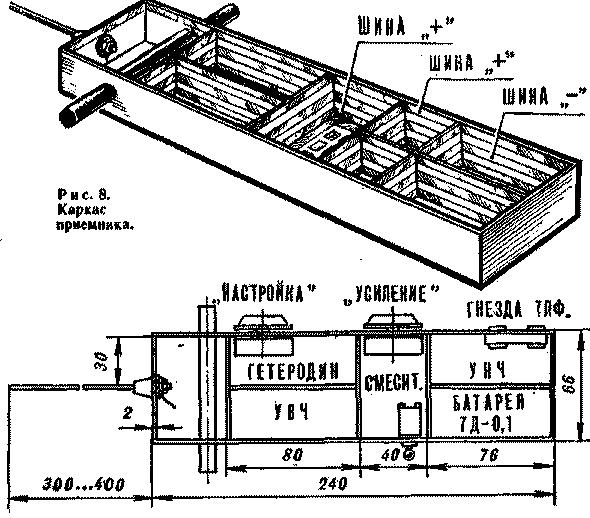
 Leave your comment on this article:
Leave your comment on this article: